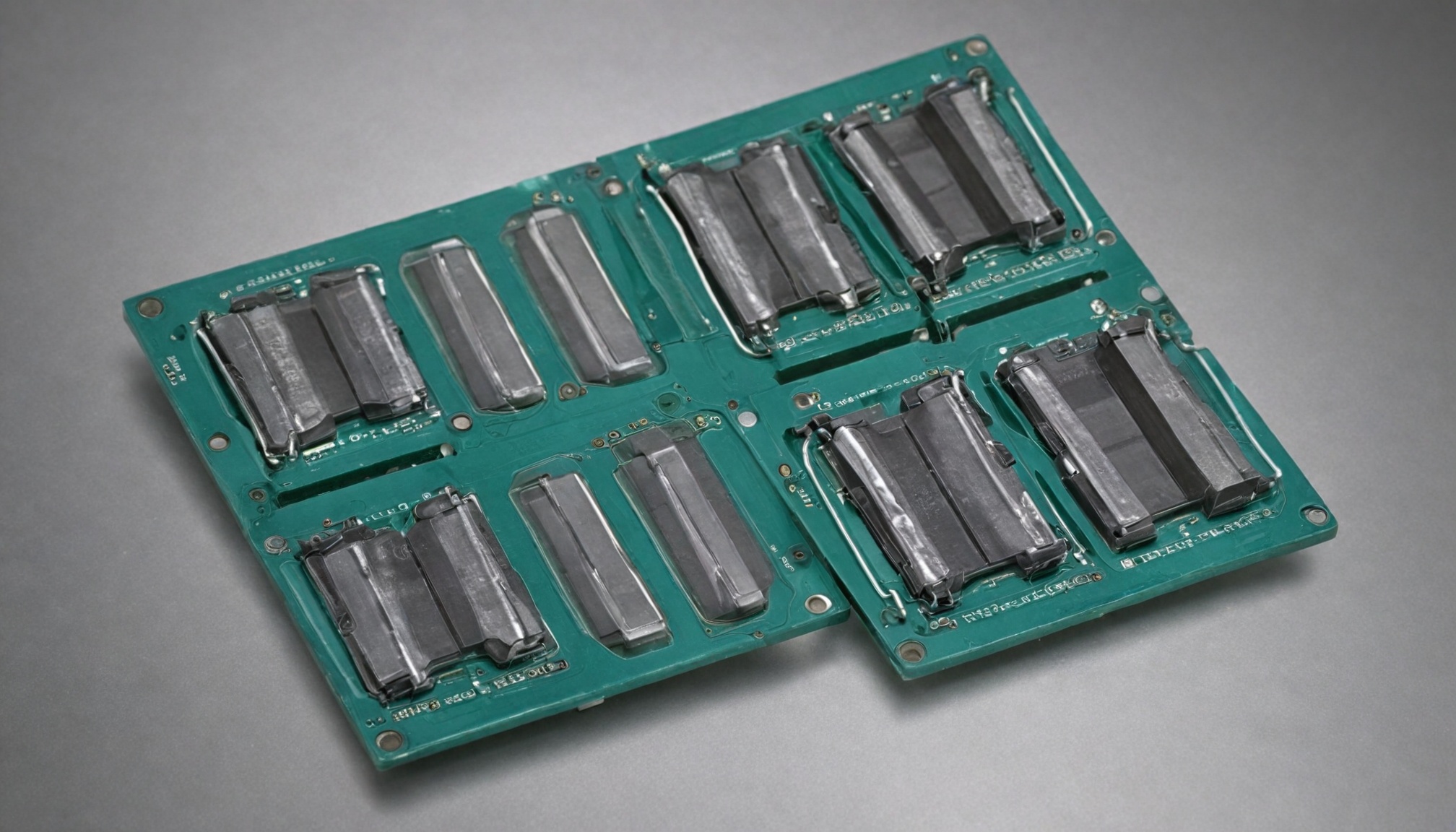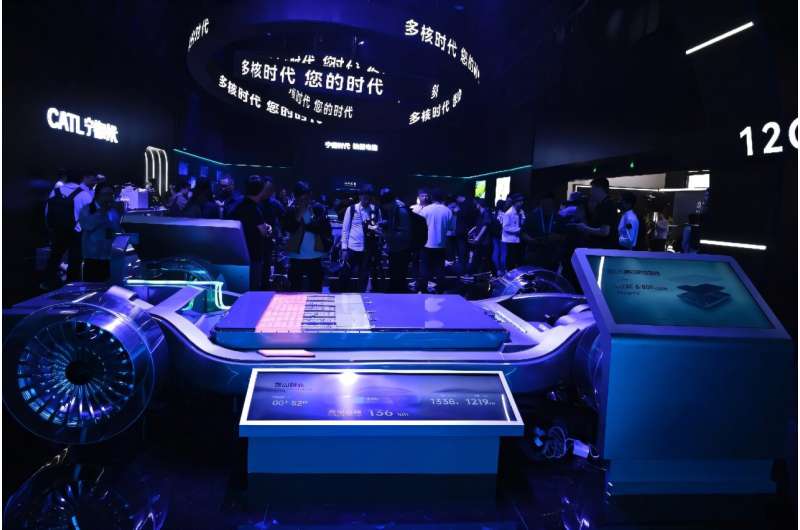
SiC MOSFETs advancing rapidly with each generation achieving 30-40% lower on-resistance, while still operating 14x above theoretical limits, offering significant room for improvement.

Drivetech Partners
Silicon Carbide MOSFETs are rapidly advancing toward their theoretical performance limits, with manufacturers consistently achieving 30-40% reductions in on-resistance with each new generation while simultaneously managing challenges in reliability and ruggedness. Unlike silicon devices that have nearly reached their technological ceiling after decades of optimization, SiC MOSFETs still operate at resistance levels approximately 14 times higher than their theoretical minimum, offering significant headroom for continued improvement in power electronics applications.
Key Takeaways
Reducing on-resistance (RDS(on)) in SiC MOSFETs directly improves efficiency, lowers conduction losses, and enables smaller die sizes, driving down manufacturing costs
Current 1200V SiC MOSFETs operate at levels 14 times higher than their theoretical minimum, indicating substantial room for improvement
Leading manufacturers like Toshiba, ROHM, and Fuji Electric have developed innovative structural designs that have achieved 26-40% reductions in on-resistance
Improvements must balance performance gains against gate oxide reliability and short-circuit ruggedness for real-world applications
These advances create a virtuous cycle of smaller chips, higher yields, and lower costs that accelerates adoption in electric vehicles and renewable energy systems
The Critical Importance of On-Resistance in SiC Power Electronics
On-resistance (RDS(on)) represents one of the most fundamental parameters in power MOSFET performance. It directly influences efficiency, conduction losses, and thermal management across all power electronic applications. When a power MOSFET conducts current in its on-state, this resistance determines how much energy is lost as heat rather than delivered to the load.
The benefits of lower on-resistance cascade throughout the entire system design. Reduced resistance means smaller chip sizes are needed for the same current capability, allowing more devices to be manufactured from each wafer. This directly translates to higher manufacturing yields and lower production costs. The efficiency improvements also reduce cooling requirements, allowing for more compact and lightweight power systems.

These advantages are particularly valuable in several key applications:
Electric vehicles - where lower losses extend range and reduce battery requirements
Renewable energy systems - where efficiency directly impacts energy harvest and system economics
Industrial power applications - where reduced losses improve reliability and minimize cooling needs
Data centers - where power density and efficiency translate to operational cost savings
Silicon Carbide vs. Silicon: The Headroom Advantage
Silicon power MOSFETs have undergone decades of optimization, bringing them close to their theoretical performance limits. The maturity of silicon technology means that further significant improvements in on-resistance are increasingly difficult to achieve. By contrast, SiC MOSFET technology remains relatively young with substantial room for advancement.
Current 1200V SiC MOSFETs operate at resistance levels approximately 14 times higher than their theoretical minimum, whereas silicon devices are much closer to their unipolar limit. This gap represents the tremendous potential that still exists in SiC device development. The inherent material properties of silicon carbide create this advantage - its wider bandgap (3.26 eV vs. 1.12 eV for silicon) and higher critical electric field strength (10 times greater than silicon) allow for fundamentally superior performance in high-voltage power applications.
One significant challenge in SiC technology is its relatively low channel mobility (20-30 cm²/V·s) compared to silicon (200 cm²/V·s). This limitation stems primarily from carbon-related interface traps at the SiO2/SiC boundary, creating higher channel resistance. Addressing this channel mobility issue represents one of the most promising pathways to further reduce overall device resistance.
The Generational Pace of On-Resistance Reduction
SiC MOSFET manufacturers have established an impressive track record of consistent improvement with each new product generation. They typically achieve 30-40% reductions in specific on-resistance between generations, a pace that significantly outstrips what we see in mature silicon technology.
ROHM's progression through four generations of SiC MOSFETs demonstrates this rapid advancement. Their fourth-generation technology delivered approximately 40% lower on-resistance compared to previous generations. Even more impressively, they simultaneously achieved 50% lower switching losses through reduced gate-drain capacitance, creating compounding benefits for overall system efficiency.
This generational improvement rate is creating a powerful cycle of advancement. Each reduction in on-resistance enables smaller die sizes, which increases manufacturing yields and drives down costs. The economic benefits then accelerate adoption across industries, generating more investment in further research and development.
Technical Barriers and Engineering Challenges
The pursuit of lower on-resistance must navigate several competing requirements and inherent physical limitations. One critical challenge is balancing resistance reduction against gate oxide reliability and short-circuit ruggedness - parameters that ensure the device can withstand real-world operating conditions.
Several resistive components contribute to the overall RDS(on) of a SiC MOSFET:
Drift region resistance - scales with blocking voltage, creating an inherent trade-off
Channel resistance - limited by the relatively low mobility at the SiC/SiO2 interface
JFET region resistance - created by the narrowing between adjacent cells
Substrate resistance - higher in SiC (15-28 mΩ·cm) than in silicon (1 mΩ·cm)
Addressing these fixed resistances presents technical obstacles to achieving theoretical limits. Current research focuses on wafer thinning techniques to reduce substrate resistance contribution, innovative doping profiles to optimize the drift region, and interface treatments to improve channel mobility.
Toshiba's Barrier Structure: A Case Study in Innovation
Toshiba's recent breakthrough illustrates how structural innovations can overcome previous limitations in SiC MOSFET design. They developed an innovative barrier structure with varying depths in their SBD-embedded SiC MOSFETs, achieving a remarkable 26% reduction in on-resistance while maintaining high short-circuit durability.
This design approach specifically addresses the challenge of ensuring reverse conduction reliability - critical for practical applications where current may flow in both directions. Their new 1.2kV class prototype applies this innovative approach to deliver next-generation performance without compromising durability.
Toshiba's achievement demonstrates how creative engineering solutions can transcend previous limitations, finding new ways to optimize the internal structure of SiC MOSFETs rather than simply relying on incremental improvements to existing designs.
Diverse Technical Approaches by Leading Manufacturers
The competitive landscape of SiC MOSFET development has spawned a variety of innovative approaches from different manufacturers, each pursuing their own path to overcome fundamental physical limitations:
Fuji Electric developed a halo structure that suppresses short-channel effects while lowering on-resistance, addressing the critical trade-off between performance and stability
ROHM's trench gate architecture delivered 40% reduction in on-resistance and halved switching losses, demonstrating how architectural innovations can yield compound benefits
Infineon released a 750V SiC MOSFET achieving just 4mΩ resistance, targeting the growing automotive and industrial markets with an optimized balance of performance metrics
Wolfspeed's Gen4 devices, manufactured at the world's first 200mm SiC fab, reduced high-temperature specific on-state resistance by 21%, addressing real-world operating conditions
This diversity of approaches highlights how the industry is attacking the on-resistance challenge from multiple angles simultaneously. Rather than a single technological path, manufacturers are exploring different design innovations to push the boundaries of what's possible with SiC technology.

The Virtuous Cycle of Cost Reduction and Adoption
The continued reduction in on-resistance is creating a powerful feedback loop that accelerates SiC adoption across industries. Lower on-resistance enables smaller die sizes, which increases the number of chips per wafer and improves manufacturing yields. These improved economics drive down costs, making SiC MOSFETs increasingly competitive with traditional silicon devices.
This cost reduction is particularly important for accelerating adoption in several key sectors:
Electric vehicles benefit from lower conduction losses and extended battery range
Renewable energy systems achieve higher efficiency and improved reliability
Industrial power applications gain from compact design and better thermal management
As the gap toward theoretical resistance minima narrows, broader deployment becomes economically viable across more applications. This expanding market then generates greater economies of scale in manufacturing, further driving down costs and reinforcing the cycle of adoption.
The Future Trajectory and Ultimate Limits
Current research in SiC MOSFET technology focuses on several promising avenues for continued improvement. Addressing the channel mobility challenge by improving the SiO2/SiC boundary interface remains a primary target. Researchers are developing new oxidation and annealing techniques to reduce interface traps and improve carrier transport.
Innovative substrate technologies may further reduce the base resistance component, which becomes increasingly significant as other resistances are optimized. The next generation of devices will likely approach 5-7 times theoretical minimum (versus current 14x), representing a substantial improvement while acknowledging the practical limitations that prevent reaching the absolute theoretical limit.
Applications in 800V and higher voltage EV platforms will drive continued innovation, as these higher voltage systems can particularly benefit from SiC's advantages. The eventual technological ceiling will likely be determined by reliability and manufacturing considerations rather than pure physics - finding the optimal balance between performance, durability, and cost-effectiveness.
As SiC MOSFET technology continues to mature, we can expect the pace of improvement to gradually moderate, similar to what occurred with silicon devices. However, the substantial gap between current performance and theoretical limits ensures that significant advances remain possible for years to come.
Sources
Power Electronics News - The Road to Lowering SiC Resistances
PGC Consultancy - Taking Stock of SiC Part 3: Breaking Down the Resistances of a SiC MOSFET
Toshiba - SiC Power Devices






